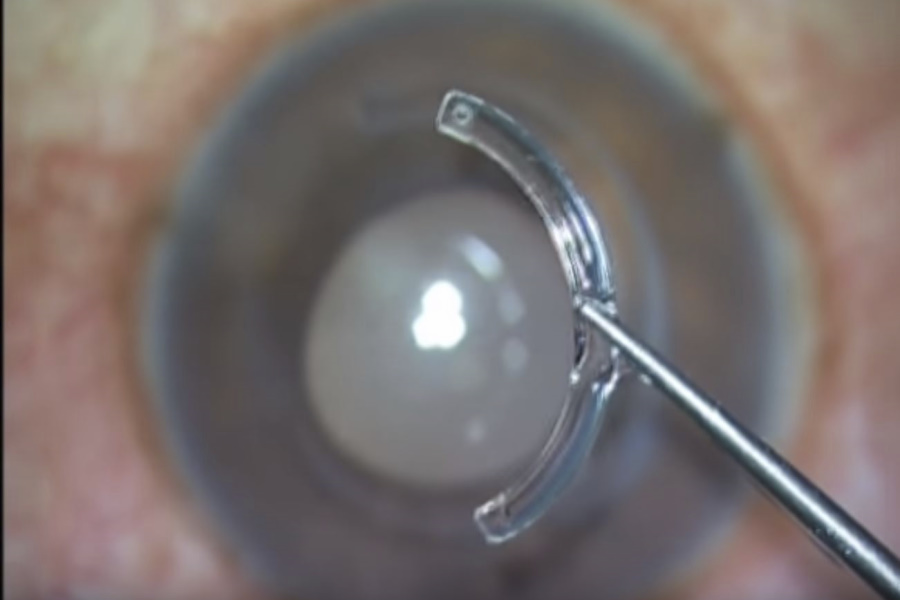CAIRS better than ICRS?
A new technique for the treatment of keratoconus using corneal allogenic intrastromal ring segments (CAIRS) followed by crosslinking (CXL) may be a simple, safe, and effective option for treating keratoconus, according to researcher who ran a small pilot study.
CAIRS is an alternative to synthetic intrastromal corneal ring segments (ICRS), which gives rise to post-operative complications such as corneal melting.
The study, published in the Journal of Refractive Surgery, said CAIRS trephined from donor cornea using a double-bladed trephine were implanted into mid-depth femtosecond laser-dissected channels in the corneas of patients with keratoconus in the 6.5-mm optic zone. This was followed by accelerated corneal cross-linking (A-CXL), either conventional or contact lens-assisted CXL (A-CACXL), depending on minimum corneal thickness.
Lead author Dr Soosan Jacob, who heads Dr Agarwal’s Refractive and Cornea Foundation in Chennai, India, has published a video explaining the technique, for which she holds a patent.
Twenty patients (24 eyes) with stage 1 to 4 keratoconus (Amsler–Krumeich grading) were included in the study. Mean follow-up was 11.58 ± 3.6 months (range: 6 to 18 months). There was significant improvement in uncorrected (2.79 ± 2.65 lines; range: 0 to 8 lines) and corrected (1.29 ± 1.33 lines; range: 0 to 5 lines) distance visual acuity, spherical equivalent, simulated maximum keratometry, steepest keratometry, topographic astigmatism, anterior and posterior best fit spheres, and mean power in the 3- and 5-mm zones.
No eye showed progression during the entire follow-up, the authors said, adding all segments remained well positioned and no segment-induced complications were seen. No other major intraoperative or postoperative complications were observed, but the authors said further studies were recommended to determine long-term outcomes.



























